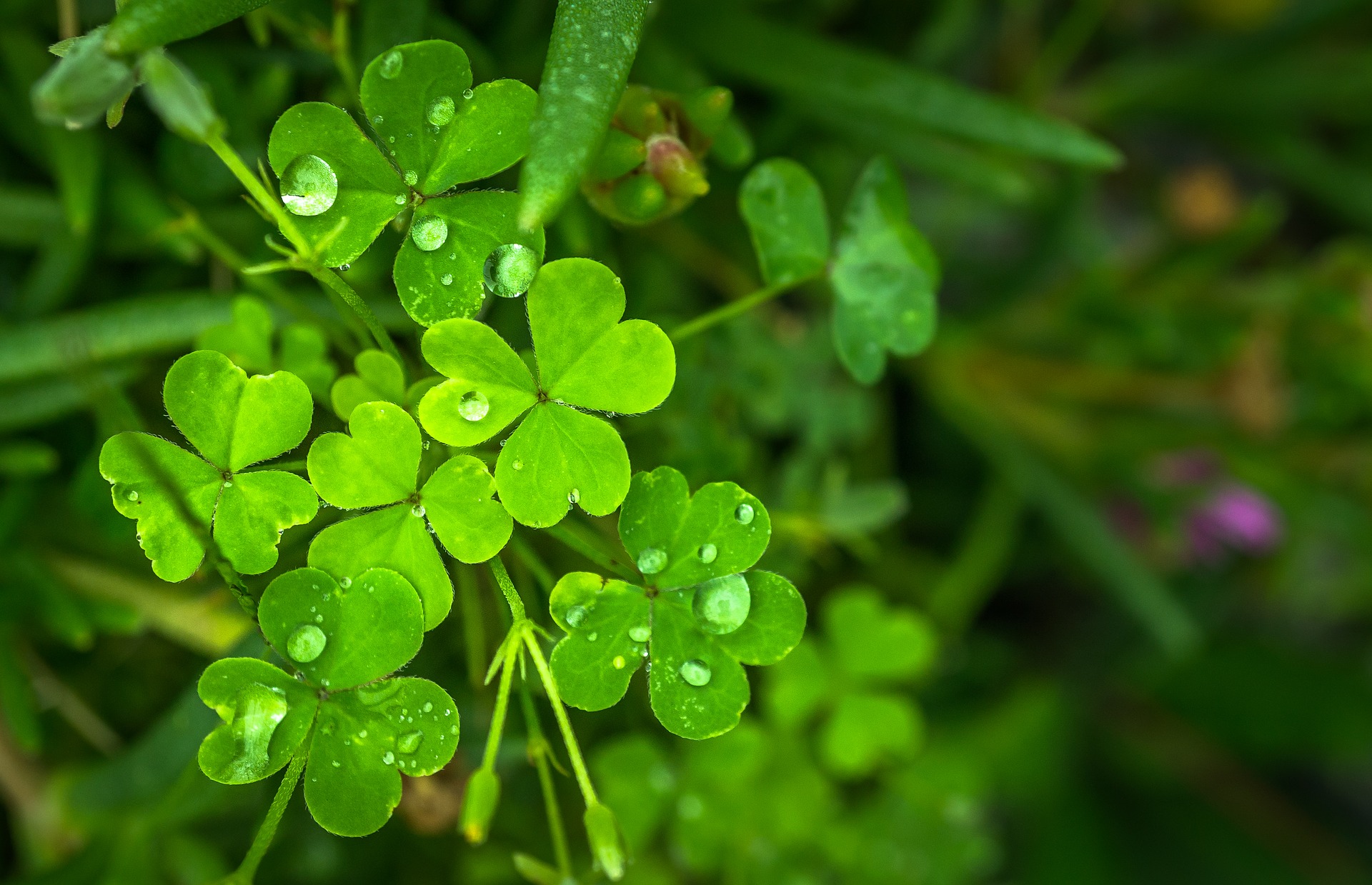During my childhood, I spent many hours searching through clover patches for four-leaf clovers. I desperately wanted to find one.
Generally, I’ve always been good at finding things, so since I never found this sign of good luck I convinced myself they simply don’t exist.
Many years later I explained this theory to a friend while volunteering on a farm. No, she insisted, she’d found four-leaf clovers before. No, I insisted, she couldn’t have — they aren’t real, they are like leprechauns.
As I was going on and on about how they aren’t real, my friend said “well then what about this one?” and plucked a four-leaf clover from the weeds in the garden bed we were tending.
Cowed by being proven wrong, I am now a believer. However, despite spending much time with clover in my garden I have yet to find another with more than three leaves.
Although not native to this region, clover provides many benefits. The plant’s position in the legume family makes it a nitrogen fixer — with help from a soil organism, it pulls nitrogen from the air and brings it back to the soil. The nitrogen is stored in little nodules on the roots and released into the soil when the plant dies or is tilled under.
This is a particularly helpful process because many plants and food crops deplete the soil of nitrogen. Some of our most used plants (such as corn) are particularly heavy nitrogen feeders.
The USDA National Resource Conservation Center recommends white clover for livestock, wildlife, erosion control and beautification, although the publication I saw mentioned it could become weedy or invasive if not managed properly.
I was surprised to read (via the USDA and other websites) that white clover can be invasive (it is native to Europe and Asia). While it’s been growing in my valley as long as I have, it is not particularly dense, and has not inhibited the growth of any other plants as far as I can tell.
More than white clover, I see red clover. They are both perennials, and I read the tap root of red clover can grow six feet down in the first year and exceed eight feet the second year.
I read recommendations to mix clover seeds in with grass in lawns to benefit the soil, wildlife and add more interest. Some types of clover are low growing, so ideal for a lawn type aesthetic.
Clovers also have medicinal benefits. On recommendation from an herbal practitioner I started drinking red clover tea. The flowers are packed with nutrients, and have a slew of health benefits. They must have something I need — the mildly flavored tea from fresh or dried flowers tastes incredibly good to me, and I continuously crave it.
I’m not the only one who loves these fragrant flowers — whenever I go to my garden I feel guilty weeding any clover, or even harvesting the pretty purple flowers for myself, because they are always being thoroughly enjoyed by native bumble bees.
Recently I identified two more varieties of clover (there are a huge number of clover species), both yellow types, growing along my road side.
Apparently there are also some native varieties of clover, but from what I read they grow in specialized areas. I’ve added a podcast about clover to my queue, and if I learn more of note, I will report back with you, dear reader. In the mean time, I hope you can take time to stop and smell the clovers.




